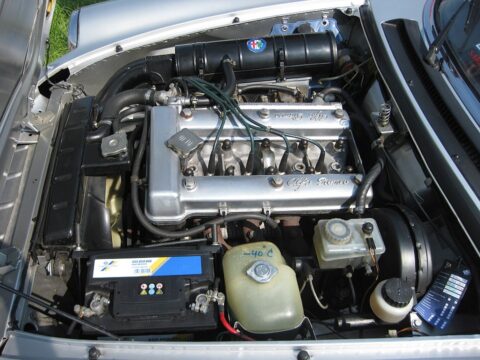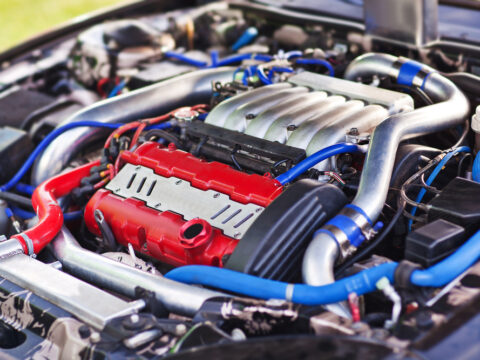As the automotive world shifts towards sustainable and efficient driving solutions, understanding the nuances between hybrid, plug-in hybrid, and electric vehicles (EVs) has become crucial for consumers. This article is an insightful guide designed to clarify these distinctions. From the way they are powered and charged to their environmental impact, performance, and maintenance requirements, this article breaks down the key differences that set hybrid, plug-in hybrid, and electric vehicles apart.
Contents
Power Source
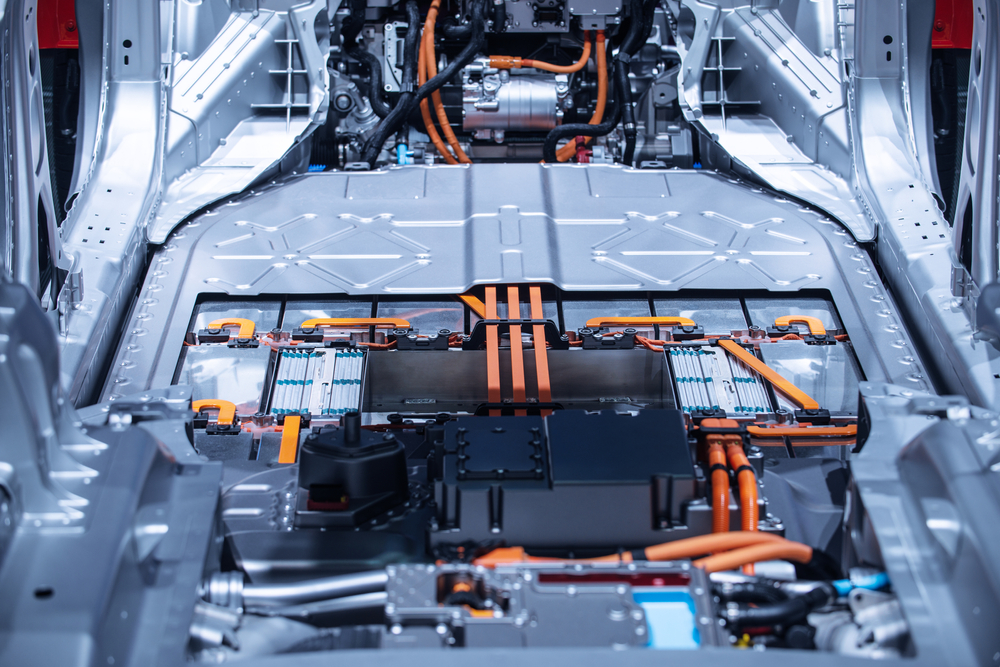
Traditional hybrid vehicles (HEVs) use both a gasoline engine and an electric motor, with the car’s system deciding when to switch between them or use both. Plug-in hybrids (PHEVs) also have a gasoline engine and an electric motor, but they can be plugged in to recharge their battery, offering a longer electric-only driving range. Electric vehicles (EVs), on the other hand, are solely powered by an electric motor, using energy stored in their rechargeable batteries.
Fueling and Charging Methods

HEVs are fueled only by gasoline; their batteries are charged through regenerative braking and by the internal combustion engine. PHEVs can be fueled with gasoline and recharged by plugging into an electrical source. EVs rely entirely on electricity, requiring charging from an external electrical source or charging stations.
Driving Range

HEVs have a driving range similar to conventional gasoline vehicles since they primarily use gasoline engines. PHEVs offer a limited electric-only range (usually between 15-50 miles), after which they operate like a regular hybrid. EVs typically have a longer electric-only range (100-300 miles or more on a single charge), depending on the battery size and vehicle efficiency.
Environmental Impact

HEVs emit less pollution than conventional gasoline vehicles but more than PHEVs and EVs, as they still primarily use gasoline. PHEVs emit less pollution during their electric-only mode but switch to gasoline after the battery depletes. EVs produce zero tailpipe emissions, making them the most environmentally friendly option among the three.
Battery Size
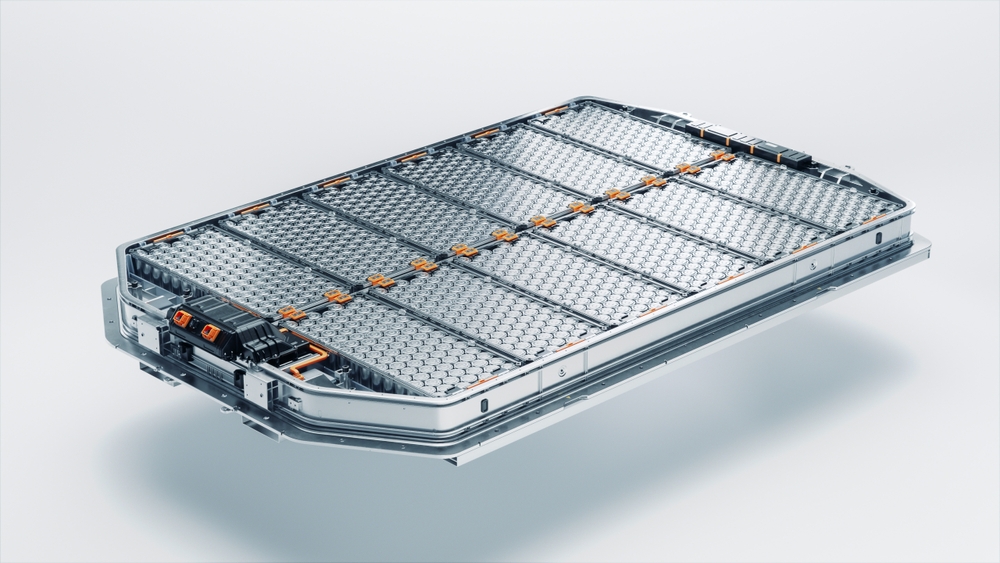
HEVs have smaller batteries compared to PHEVs and EVs because the battery only assists the gasoline engine and is not the primary power source. PHEVs have larger batteries than HEVs, allowing for a substantial electric-only driving range. EVs have the largest batteries to provide sufficient range without using gasoline.
Performance Characteristics
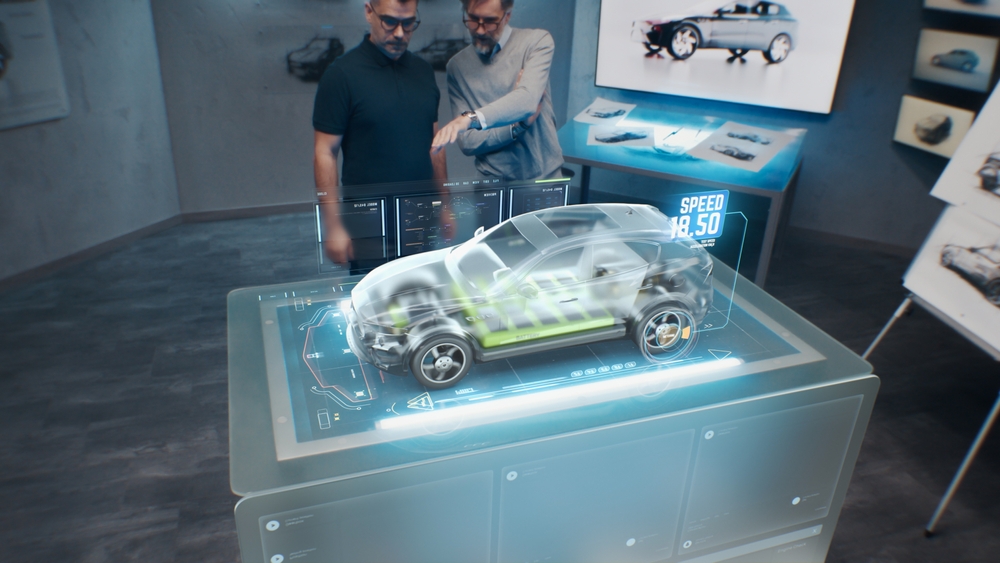
HEVs typically prioritize fuel efficiency over performance. PHEVs offer better performance in electric mode, with instant torque and quiet operation. EVs generally provide the best performance among the three, with quicker acceleration and smoother, quieter driving experiences due to their sole reliance on electric power.
Cost and Incentives

HEVs are generally cheaper than PHEVs and EVs due to their simpler technology and smaller batteries. PHEVs and EVs can be more expensive upfront but may qualify for government incentives, tax rebates, and lower running costs. EVs, while the most expensive, offer the most significant incentives in many regions.
Maintenance Requirements
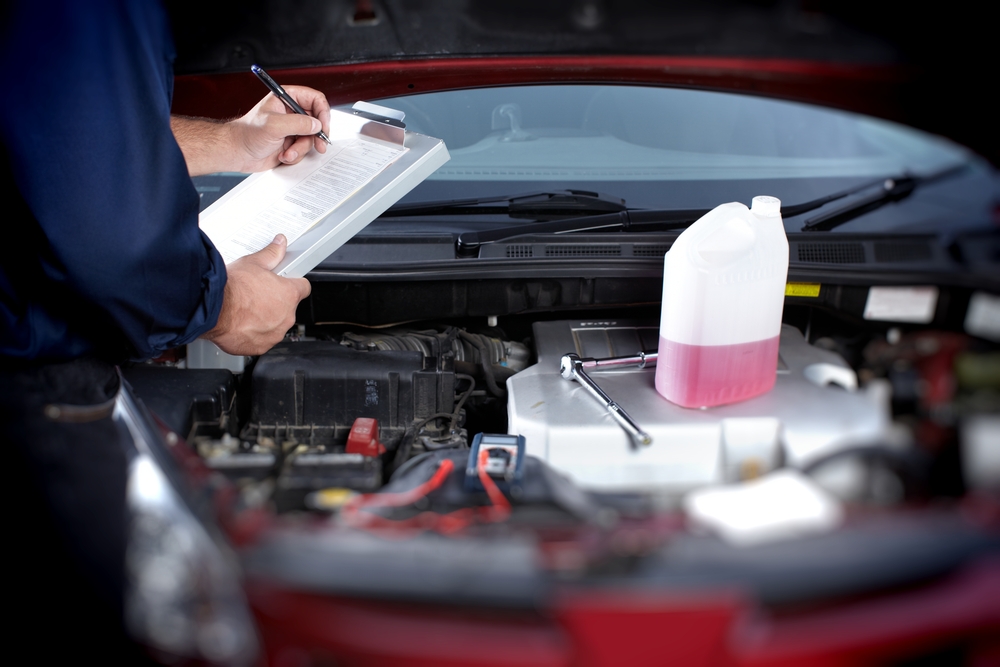
HEVs require regular maintenance similar to gasoline cars (engine oil changes, transmission fluid, etc.). PHEVs also require similar maintenance, though less frequently for the gasoline engine parts. EVs require the least maintenance, with no need for oil changes and fewer moving parts.
Vehicle Weight

HEVs are slightly heavier than conventional cars due to the additional weight of the battery and electric motor. PHEVs are heavier than HEVs because of their larger battery packs. EVs are generally the heaviest among the three due to their very large battery systems.
Regenerative Braking
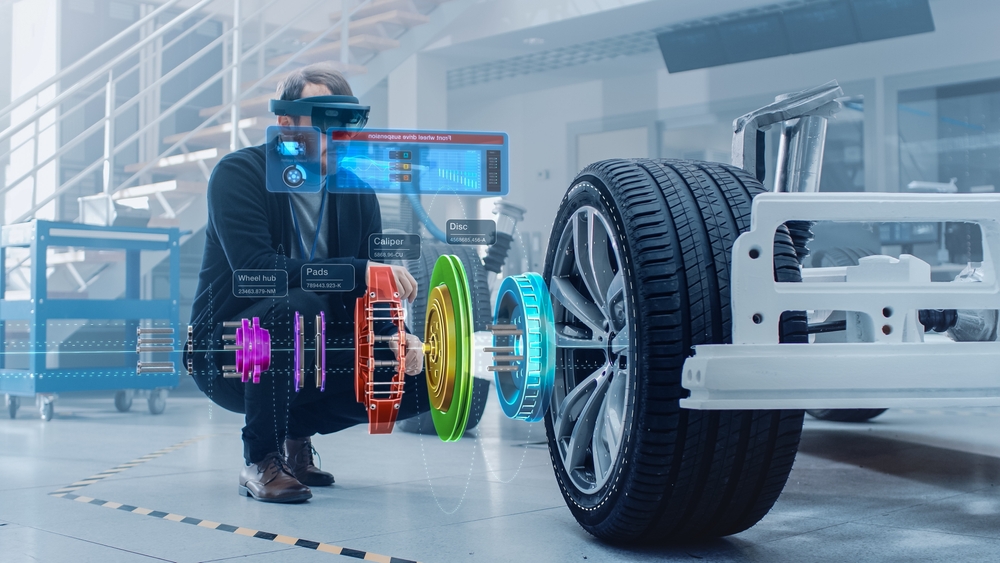
All three types of vehicles typically feature regenerative braking, which recaptures energy during braking to recharge the battery. This feature is more pronounced in PHEVs and EVs, as the larger battery capacity can store more of the recaptured energy compared to HEVs.
This article originally appeared on MyCarMakesNoise.
More from MyCarMakesNoise
14 Timeless Convertibles That Redefined Cool

Driving is not just a means to get from one place to another; for many, it’s an expression of freedom, a journey where the destination is secondary to the thrill of the ride. This sensation is elevated to its purest form in a convertible, where the roof peels back to reveal not just the sky but a whole new layer of driving enjoyment. Read More
25 Overlooked Vintage Cars That Deserve a Second Chance

In the world of classic automobiles, some vintage cars get all the attention while others remain largely overlooked. This list highlights 25 vintage cars that deserve a second look. Read More
15 Vintage Mustangs No Collector Wants

When it comes to classic cars, the Ford Mustang often stands out as an icon of American automotive history. However, not all Mustangs are created equal. While some vintage models have become highly sought-after collector’s items, others have faded into obscurity for various reasons. Read More


